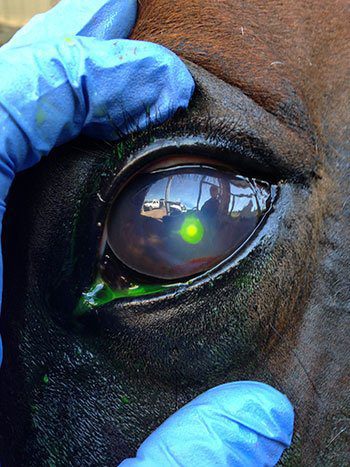
Without sodium and chloride — two components of common table salt — your horse is at increased risk of mineral imbalance, dehydration and impaction colic. As horses endure the persistent Summer heat and humidity, the potential for these health problems also rises.
In this article, we discuss the critical role of salt and how much your horse requires per day.
While sodium and chloride are both present in salt, discussions around the importance of salt often focus on sodium, which is one of the most important minerals your horse requires for countless bodily functions that support optimum health. These include:
- Hydration
- Healthy weight and body condition
- Blood volume, sugar and pH
- Transmission of glucose
- Nerve and musculoskeletal function
- Hormone and mineral balance
- Healthy coat and hooves
Typically, horses require approximately 10 grams, or two level teaspoons of salt, per day. However, any horse’s individual need for salt can dramatically increase to four teaspoons or more daily, depending on their diet, workload and the time of year.
For example, sodium is easily lost via sweat. For horses in heavy training or regular competition, sodium loss must be managed to prevent health problems and performance deficits. However, even horses standing idle in the paddock in times of extreme heat can become sodium deficient.
Sodium Deficiency
Of the health problems associated with sodium deficiency, incoordination, unsteady gait and difficulty chewing are the most dramatic. However, inadequate sodium intake can also lead to severe mineral imbalances and aggravate existing conditions in some horses.
When sodium is deficient, the adrenal gland releases aldosterone, which compels the kidneys to excrete potassium in place of sodium, which creates an imbalance. Sodium deficiency can also exacerbate anhydrosis, tying up and rapid heart rate.
Supplementing Salt
A horse deficient in salt may seek out items containing traces of salt, including human hands. If salt intake isn’t increased in response to sodium deficiency, this behaviour — known as pica — can escalate, leading a horse to lick and chew all manner of objects.
Unfortunately, diet alone isn’t enough to provide horses with adequate salt. Most commercial feeds contain only 0.5-1% salt and pasture soils in Australia usually provide only half the recommended daily intake of sodium, leaving many horses deficient.
It is recommended that salt is supplemented in two ways, including:
- By adding 10 or more grams divided across your horse’s daily feeds
- By hanging a free choice salt block designed for soft horse tongues
Be mindful that horses should always have access to fresh, clean drinking water when provided with supplemented salt. With readily available water, your horse cane regulate their salt levels.



